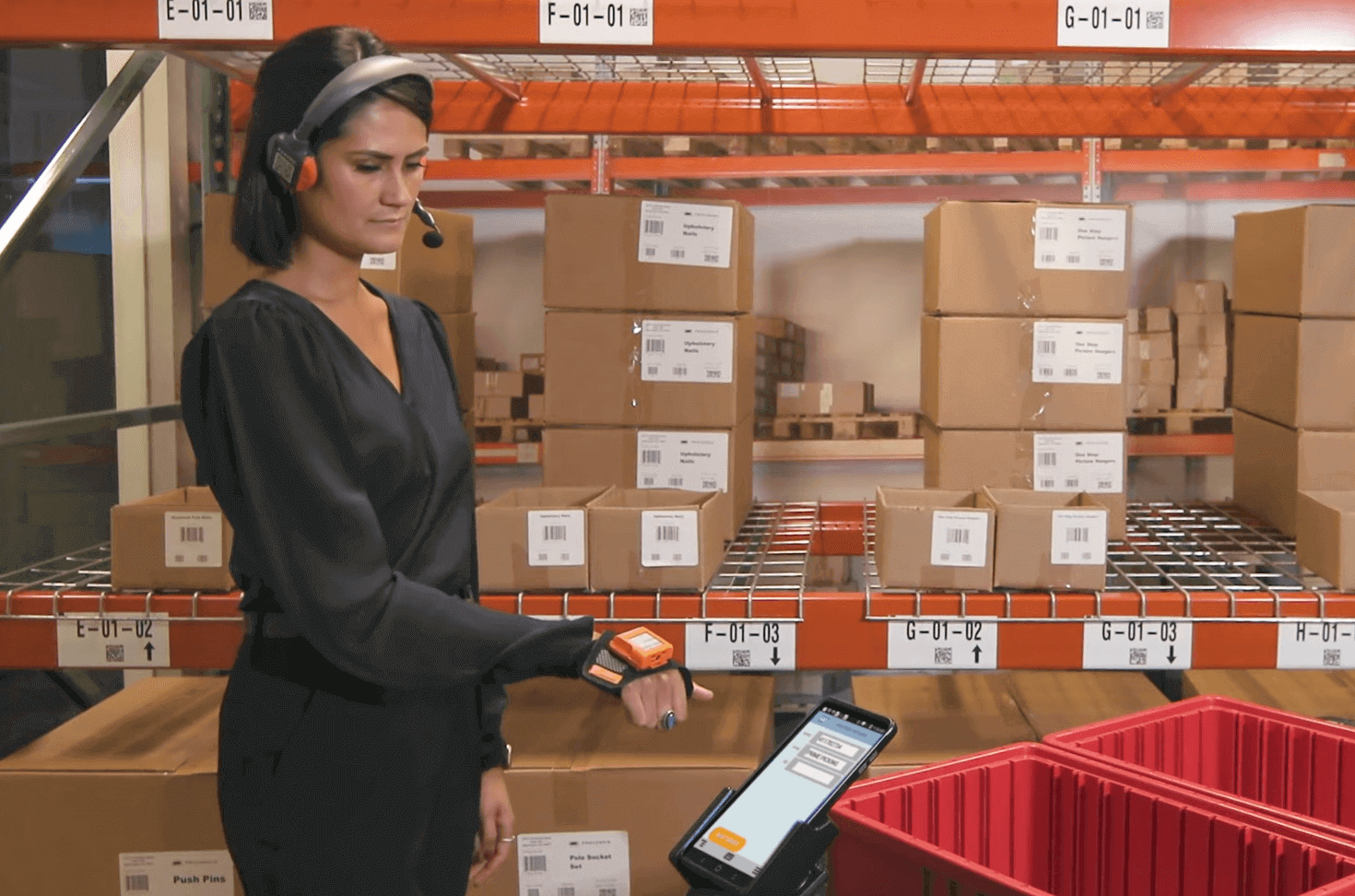Five Ways Voice Picking Raises Accuracy in Supply Chain Operations
Accuracy in supply chain operations means so many things. There’s the obvious order accuracy in fulfillment, and all that comes with it — KPIs met, customer satisfaction ratings, etc. Every one of these is important. But there are several ways that improving accuracy affects the business, so we’re looking at how operations teams hit the target with help from voice-enabled applications.
Correct shipments
The obvious one first. Picking accuracy is the root of everything tied to product delivery. perfect order rates, customer satisfaction scores and a ton of other metrics are all connected to this. Deploying voice-directed guidance to your picking workflow keeps workers focused on the product they are placing in the tote or on the pallet, and not distracted by looking at a device screen or keying in pick data.
Bi-directional voice apps also keep workers’ eyes forward between pick locations, making the work environment safer for everyone.
Precision processes
When you add voice to your existing applications, it’s an opportunity to optimize the workflows you have in place. Taking time to get worker feedback and input, or maybe seeking a process consultation with your supply chain mobility partner will help discover the steps in your existing workflows that can be consolidated or adjusted to address bottlenecks.
The goal is to empower workers to work more efficiently. When they can pick more orders per shift, with improved accuracy as discussed above, you’ve enhanced both elements of the efficiency equation. Voice helps here because it is more than just changing the user experience.
Alone, that change doesn’t improve picking accuracy. But accuracy comes in because voice becomes a key ingredient of a multi-modal solution that confirms accuracy.
Trust in numbers
One downstream effect of optimized workflows is more accurate metrics. With workers navigating tasks more efficiently, key performance targets that were once believed to be unsurpassable have become the daily expectation. You’re able to be more confident in delivery commitments given to customers.
This is a big quality statement, and customers have Lean Six-Sigma certified their picking workflows to align with their corporate QA initiatives.
Plus, your workers gain confidence in the metrics determining their performance rank and incentive bonus opportunities. It’s no secret — you're more likely to attract and retain your top talent when workers trust the technologies and systems they use. And Zebra’s recent Warehouse Vision Study indicated workers and decision-makers agree that tech advancements in these areas make warehouse environments more enticing to workers.
Accurate inventories
Voice-enabled workflows easily handle the exception capabilities built into your enterprise systems. One familiar example is a pick-partial scenario. This is when the picking workflow instructs the worker to pick 27 of an item, but there are only 14 pieces of the item on the shelf. Instead of confirming the pick quantity (27), they respond, “14 confirm”. The system identifies the mismatch and asks for confirmation to override the pick quantity.
Once the override is completed, this can trigger purchasing or other areas of the business to review inventory on-hand, initiate another order, identify another location where the balance can be picked up or take other actions. Using the picking workflow to identify potential stock-outs in real time helps keep inventories accurate and offers proactive communication and stream and downstream through the supply chain.
Competitive strength
I mentioned at the top that customer satisfaction is among the key performance indicators greatly influenced by order accuracy. We’ve covered how voice helps improve those perfect order rates and other KPIs.
But it can’t be missed that your decision to employ voice and reap the advantages the technology provides also positions you advantageously against your competitors. Not only will your shipments become more accurate — both in terms of the right products and on-time delivery, your operations and systems will have more accurate accounting and workers will be more efficient.
Altogether, you’re likely to achieve higher levels of customer satisfaction and advance further along the path to operation excellence, and advance further along the path to operational excellence.

